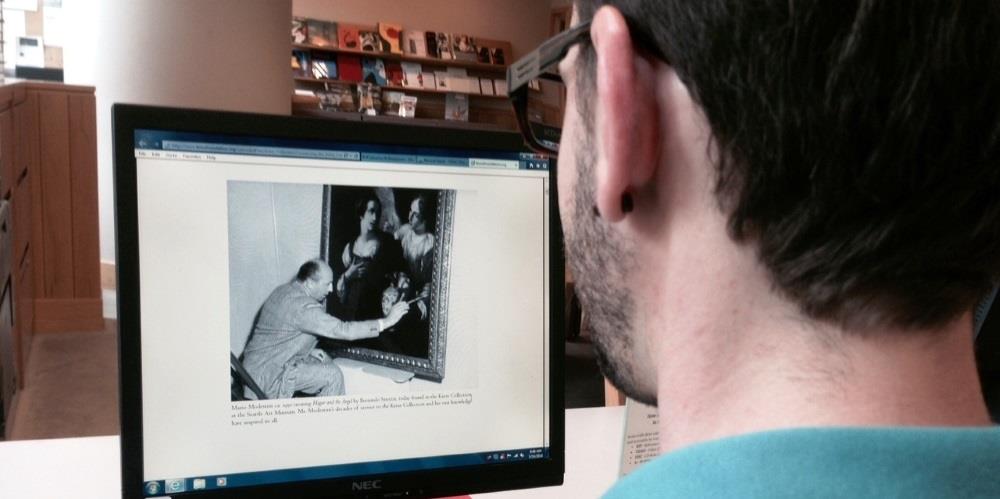LITHOGRAPHIC VOLUME PRINTING
Lithography is ancient Greek text by definition, with Lithos translating as “stone” and graphein to “write.” Therefore to write in stone, to set in stone is to be lithographic.
This method of printing began in 1796, when the Bavarian author and actor Alois Senefelder realised that water would not dissolve oil, that they remained separate entities and repulsed each other, that they were immiscible.
Back in the nineteenth century, an image would be drawn in reverse with fat, oil or wax onto a smooth limestone plate. When acid was applied to the stone, those areas not protected by the fat, oil or grease became etched. When the stone became wet, the etched areas retained the water, whilst the rest of the plate retained oil-based inks, due to the immiscibility of the two liquids. The inked plate would then be transferred onto a blank sheet of paper and the reversed etched image, would appear printed in all it’s obverse glory as originally intended.
In 1837 the Frenchman Godefroy Engelman devised chromolithography, whereby separate plates were used for each colour – (C)yan, (M)agenta, (Y)ellow and blac(K) – CMYK. The challenge that developed was to keep everything in line, or “in register” so that the final printed image made clear sense.
At the end of the nineteenth century a modification to the process was created by transferring the image from the plate to the paper, via a rubber plate. This is offset lithographic printing. It gives the printer several advantages: The plate never comes into direct contact with the paper, so it has a longer lifespan. The ink can be controlled more effectively and the image is constant, clean, crisp and sharp.
These days most images are polymer based and plates are aluminium, but the basic principles remain the same as they did over two hundred years ago. In the latter half of the twentieth century, offset lithographic printing became the most common form of printing, worldwide. It’s the method of choice for high volume products in colour like books, magazines, newspapers, brochure printing, posters and packaging.
More recently, the computer to plate (CTP) process has speeded up the process still further, with images going straight from the desktop to the printing plate. You might have noticed in recent years the daily newspapers report news from later and later the previous day. This was due to the arrival of ISDN (Integrated Services for Digital Networks) telephone lines to carry the data. It revolutionised the paper industry and saw the end of the traditional Fleet Street. It meant national newspapers are now printed at several regional locations, which cut costs but kept the news up to date.
All of which means the newspaper that lands on your doormat in the morning is the product of a long story that began many years ago with the ancient Greeks – and these days, regularly still!

